Golfing is a sport where comfort, performance, and style converge, and the right pair of shoes can make a world of difference. In recent years, spikeless golf shoes have surged in popularity among golfers of all skill levels. But are spikeless golf shoes good? In this comprehensive guide, we will explore the benefits and drawbacks of spikeless golf shoes, compare them to spike shoes, and help you make an informed decision.
Understanding Spikeless Golf Shoes
Spikeless golf shoes are designed without traditional metal or plastic spikes on the sole. Instead, they feature specialized rubber or molded traction patterns that provide excellent grip on the course. Their growing popularity can be attributed to their versatility and comfort. Let’s dive into the key attributes of spikeless golf shoes.
Key Features of Spikeless Golf Shoes
- Comfort: Many golfers report that spikeless shoes feel more comfortable due to their lightweight and flexible design.
- Traction: The traction patterns on the soles are engineered to provide grip during swings and walks.
- Versatility: Spikeless shoes can be worn off the course, making them an appealing choice for casual wear.
- Water Resistance: Many models offer waterproof membranes that keep your feet dry in wet conditions.
Benefits of Spikeless Golf Shoes
Before making a purchase, it’s important to understand the benefits that spikeless golf shoes bring to golfers:
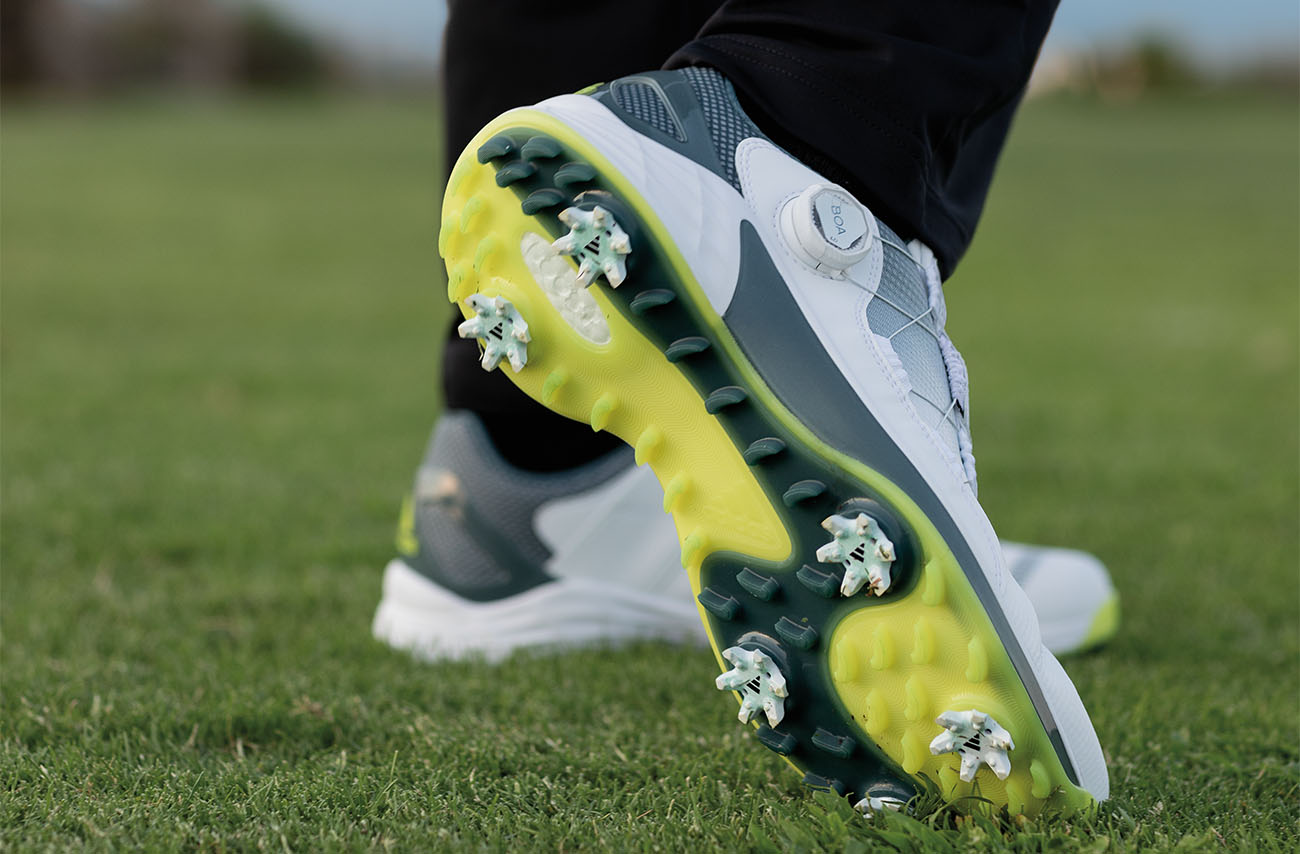
1. Enhanced Comfort
The primary benefit of spikeless golf shoes is their comfort. Without spikes, these shoes are often lighter and more flexible, allowing for natural foot movement. Many golfers have reported less fatigue during rounds, attributing it to the cushioned interiors and breathable materials used in these shoes.
2. Improved Versatility
Spikeless shoes are suitable for both golf courses and casual outings. You can comfortably transition from the golf course to the clubhouse or even out for a bite to eat without needing a change in footwear.
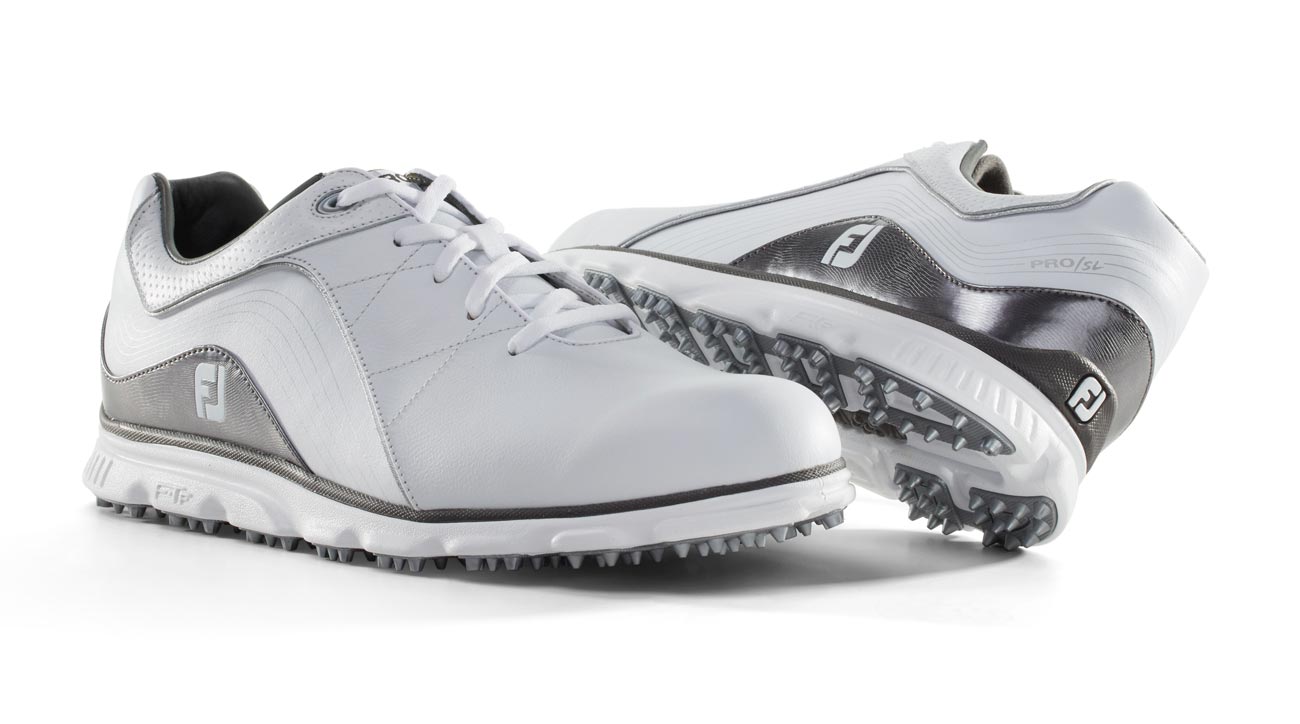
3. Convenient Care
Spikeless shoes are generally easier to clean compared to their spiked counterparts. A quick wipe with a damp cloth is often all you need to keep them looking fresh.
4. Weather Resistant Options
Many spikeless golf shoes feature weather-resistant materials that keep your feet dry in wet conditions. This is particularly beneficial for golfers who like to play in various weather scenarios.
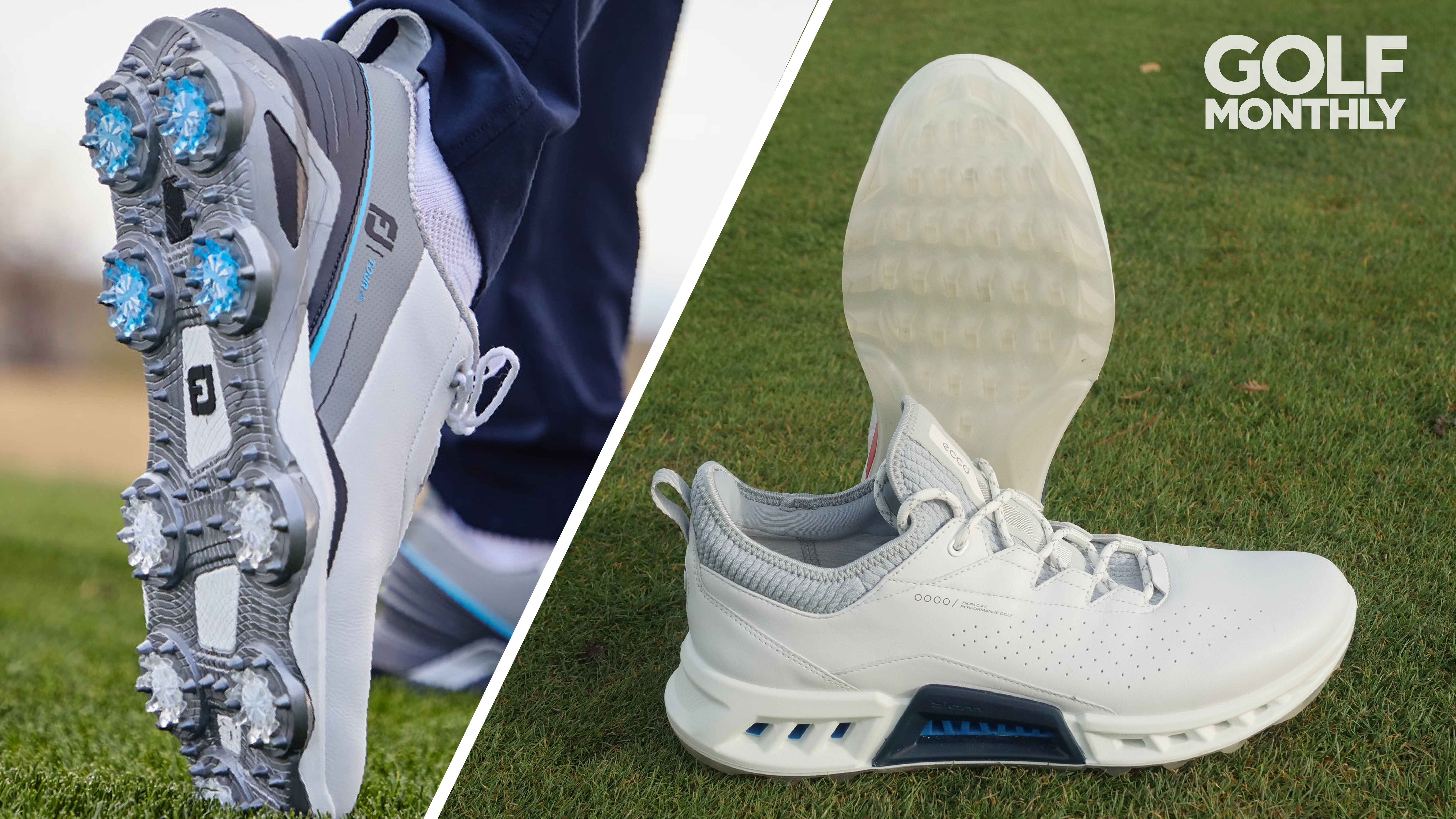
Drawbacks of Spikeless Golf Shoes
While spikeless shoes have numerous advantages, they are not without their downsides. Understanding these limitations can help you decide if they are the right fit for you.
1. Traction Limitations
Spikeless shoes may not provide the same level of traction as traditional spiked shoes, especially on wet or soft ground. Depending on the course conditions, this could affect your stability during swings.

2. Support and Stability
Some golfers may find that spikeless shoes lack the necessary support for their specific foot type. This may lead to discomfort or instability, particularly during longer rounds.
3. Cost
High-quality spikeless golf shoes can be quite expensive. If you’re just starting in golf, investing in spikeless shoes may feel like a heavy financial commitment.
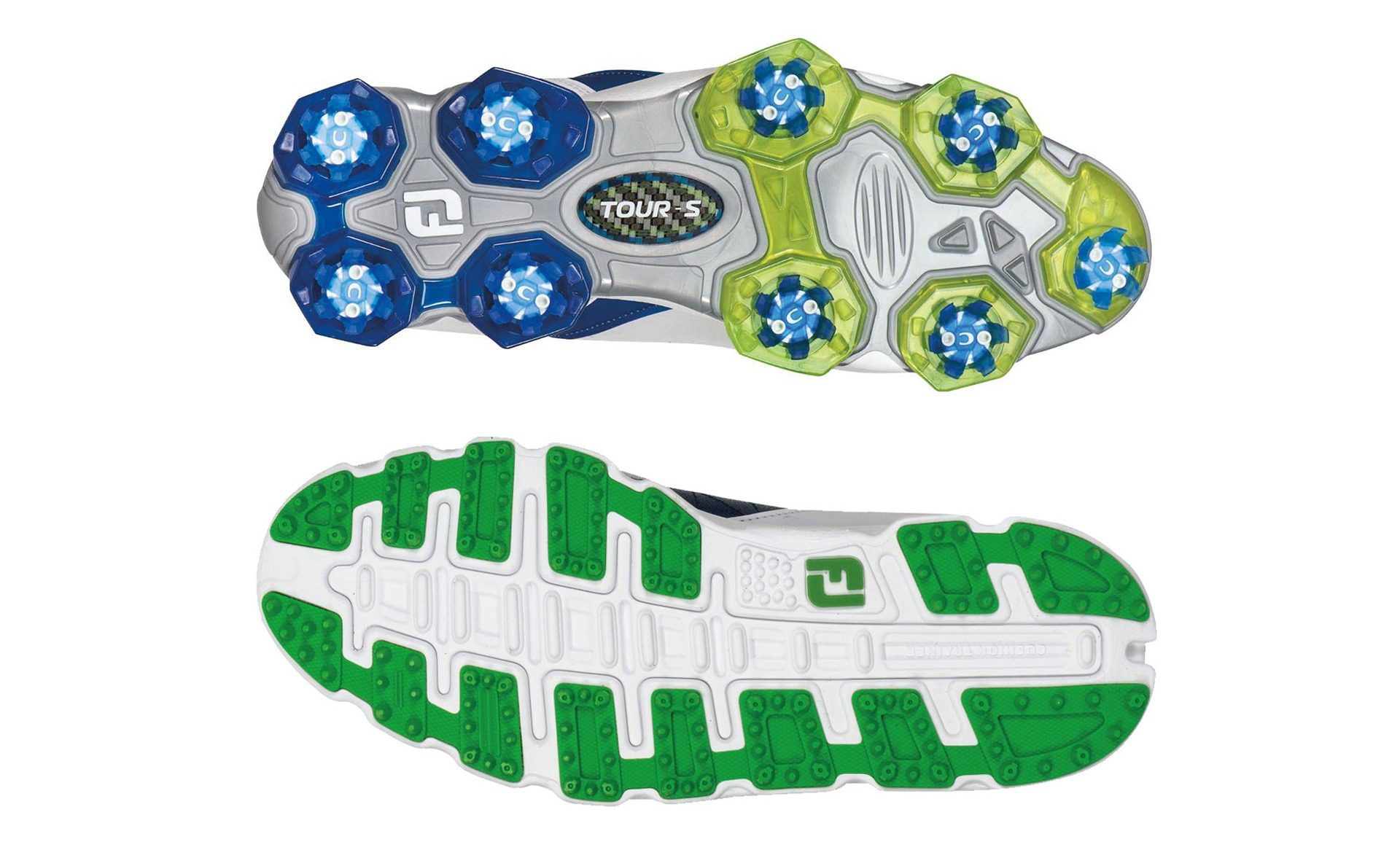
Comparison: Spikeless vs. Spiked Golf Shoes
To make a well-informed decision, it’s essential to compare spikeless shoes with their spiked counterparts. Below is a detailed comparison table highlighting the key differences:
| Feature | Spikeless Golf Shoes | Spiked Golf Shoes |
|---|---|---|
| Comfort | Generally more comfortable and lightweight | Can feel heavier and less breathable |
| Traction | Good on firm ground, may slip on wet surfaces | Superior traction in all conditions |
| Versatility | Wear off the golf course | Less versatile, primarily golf use |
| Care | Easy to clean | Requires more maintenance |
| Price Range | Varies, typically competitive | Varies widely depending on brand |
| Support | Varies by model; some provide adequate support | Generally offers more extensive support options |
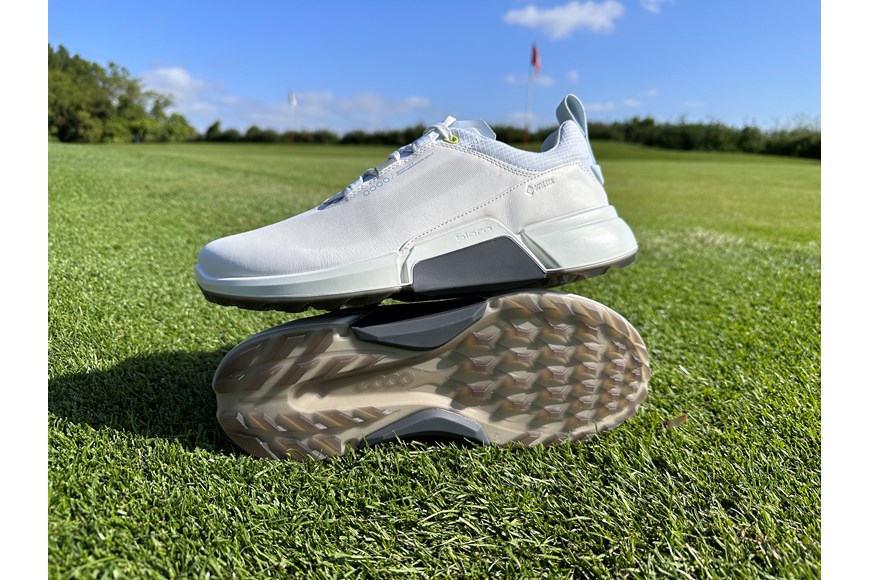
Choosing the Right Spikeless Golf Shoes
When selecting spikeless golf shoes, consider these factors to ensure you choose the right pair for your needs:
1. Fit and Comfort
Make sure the shoes fit well and are comfortable. Look for cushioning and arch support that suits your foot type.

2. Traction Features
Examine the sole pattern to determine its grip capability. Consider where you intend to play most often and choose accordingly.
3. Material Quality
Opt for shoes made from high-quality materials that provide breathability and waterproofing to keep your feet comfortable throughout your game.
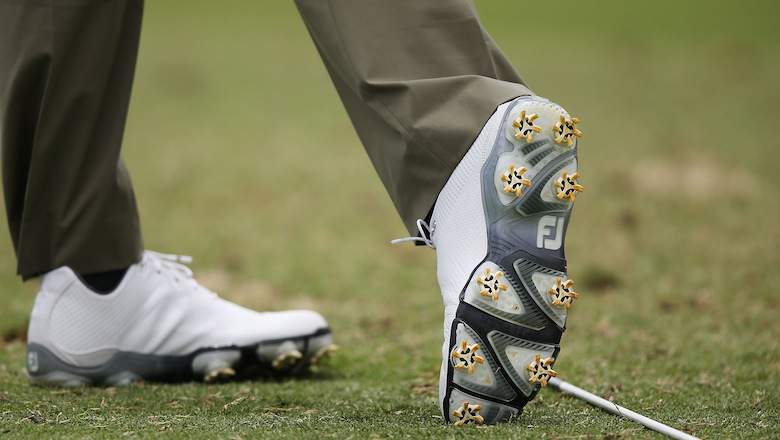
4. Style
Golf is as much about style as it is about performance. Pick a design that reflects your personality while remaining functional.
5. Price
Set a budget but remember that quality shoes can be an investment in comfort and performance on the course.
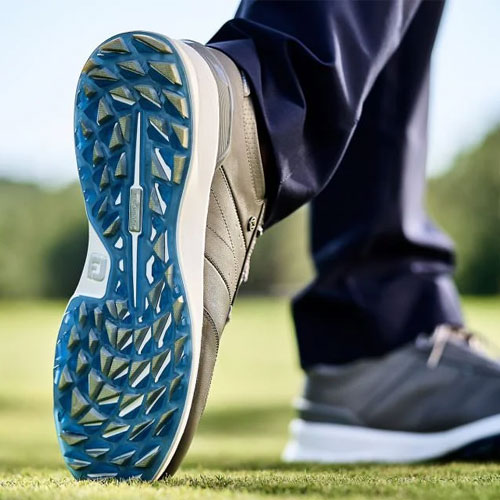
Top Spikeless Golf Shoe Brands
Various brands offer spikeless golf shoes, each with unique features and designs. Here are some popular brands worth considering:
- Adidas: Known for their innovative technologies and stylish designs, Adidas spikeless shoes are a favorite among many golfers.
- FootJoy: This brand offers a wide range of spikeless options that prioritize comfort and stability.
- Puma: Combining fashion and performance, Puma’s spikeless range is perfect for golfers who appreciate style.
- ECCO: Famous for their premium quality, ECCO shoes provide exceptional comfort and durability.
Local Golfing Insights: Spikeless Shoes in the USA
In the USA, spikeless golf shoes have gained traction, particularly in states like California and Florida where golfers often play year-round. Courses in these regions tend to be well-maintained and firm, making spikeless shoes an ideal choice. However, in areas with frequent rain, such as the Pacific Northwest, some golfers still opt for spiked shoes for enhanced stability in wet conditions.
Frequently Asked Questions (FAQs)
Are spikeless golf shoes good for wet conditions?
Spikeless golf shoes can perform well in dry conditions but may lack traction in wet or muddy areas. Look for waterproof models for better performance in such conditions.
Can I wear spikeless golf shoes for everyday activities?
Yes, one of the advantages of spikeless golf shoes is their versatility. They can easily double as casual wear without compromising comfort.
How do I clean my spikeless golf shoes?
Cleaning spikeless golf shoes is simple. Just wipe them down with a damp cloth and mild soap. Avoid using harsh chemicals that may damage the material.
What are the best spikeless golf shoes for walking?
Lightweight models from brands like Adidas, FootJoy, and ECCO offer excellent cushioning and support suitable for walking the course.
Conclusion
In conclusion, spikeless golf shoes are a viable option for many golfers looking for comfort, versatility, and ease of care. While they may not offer the same traction as traditional spiked shoes, their advantages often outweigh this concern, particularly in optimal conditions. By considering your playing style, the type of courses you frequent, and your personal comfort, you can make an informed choice that enhances your game. Whether you’re strolling the fairways in sunny California or playing a round in Florida, spikeless shoes could just be the upgrade your golfing attire needs.